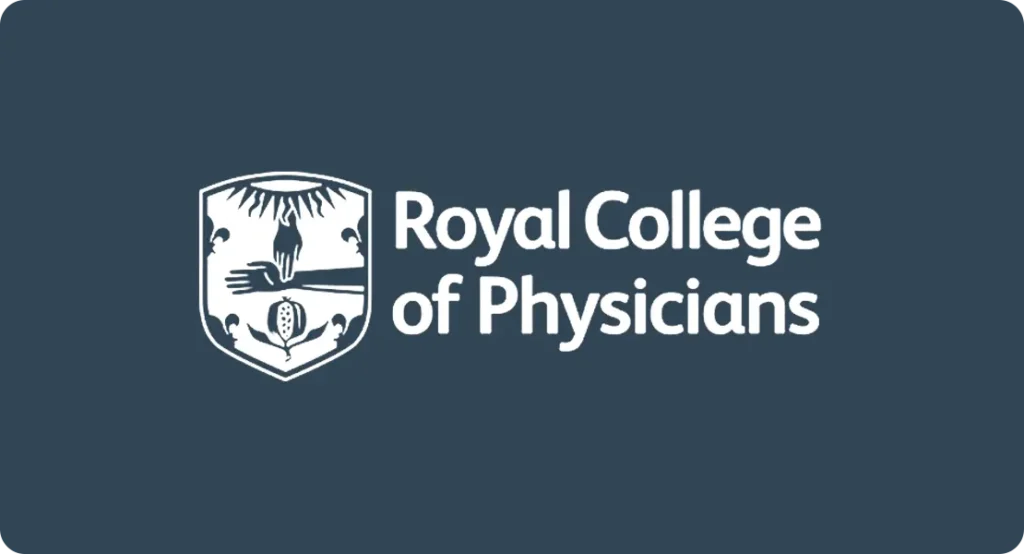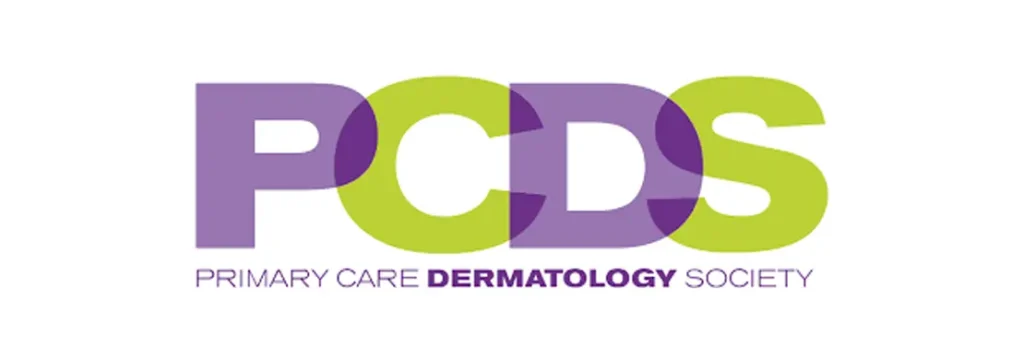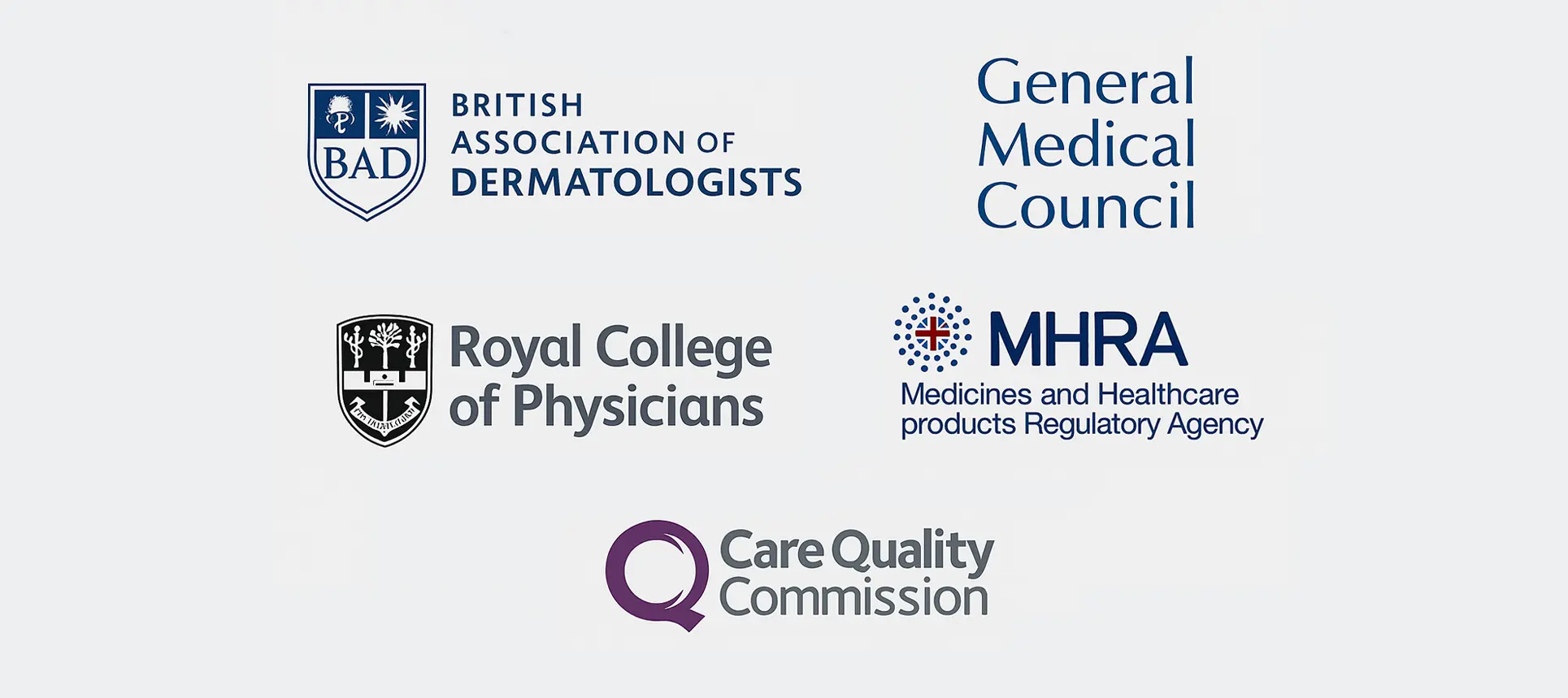If you’ve ever wondered who’s actually in charge when it comes to setting standards, pushing research, or regulating dermatology in the UK—this guide is for you. Whether you’re a curious patient, a student starting out in the field, or even a professional brushing up on the landscape, I’ll walk you through the key players in dermatology across the country. And don’t worry, I won’t be listing individual hospitals. This is all about the national-level organisations and regulatory bodies that shape how dermatology is practised, taught, and improved.
Why These Institutions Matter
Before we get into the specifics, let’s talk about why these bodies are so important. Imagine the UK’s dermatology field as a well-oiled machine. The institutions we’re about to look at are the ones responsible for keeping it running smoothly. They define best practices, train the next generation of dermatologists, handle professional disputes, oversee public health strategies related to skin, and fund crucial research. In other words, they’re the backbone of skin health in the country.
1. British Association of Dermatologists (BAD)
Website: www.bad.org.uk

The British Association of Dermatologists (BAD) serves as the central professional body representing dermatologists in the UK. Established over a century ago, BAD has been instrumental in uniting professionals in the field, fostering collaboration, and promoting excellence in dermatological practice. Its long-standing history reflects its commitment to advancing the specialty and supporting its members through various initiatives.
BAD plays a pivotal role in the development and dissemination of clinical guidelines that set the standard for dermatological care across the nation. These guidelines are meticulously crafted, drawing upon the latest research and expert consensus to ensure they reflect current best practices. By providing these resources, BAD ensures that both NHS and private practitioners have access to consistent and high-quality information to guide patient care.
Education and training are at the heart of BAD’s mission. The association organises annual meetings, workshops, and seminars aimed at continuous professional development. These events offer opportunities for dermatologists to stay abreast of emerging trends, share research findings, and engage in meaningful discussions about the future of the field. Additionally, BAD supports trainees through mentorship programmes and educational resources tailored to those entering the specialty.
Beyond its professional focus, BAD is deeply committed to public education and awareness. The association runs campaigns to inform the public about skin health, the importance of early detection of skin conditions, and preventive measures. Their patient information leaflets, available on their website, are a testament to their dedication to making dermatological knowledge accessible to all.
2. General Medical Council (GMC)
Website: www.gmc-uk.org

The General Medical Council (GMC) is the statutory body responsible for maintaining the official register of medical practitioners in the UK. Its primary mandate is to protect patient safety by ensuring that doctors meet the necessary standards of competence and conduct. Every practising dermatologist must be registered with the GMC, underscoring the council’s central role in the medical profession.
One of the GMC’s key functions is the regulation of medical education and training. The council sets the standards for medical schools and postgraduate training programmes, ensuring that the curriculum equips future doctors with the skills and knowledge required for safe practice. By overseeing the quality of medical education, the GMC ensures that dermatologists, like all doctors, are well-prepared for their roles.
The GMC also plays a critical role in revalidation, a process that requires doctors to demonstrate their continued fitness to practise. Through regular appraisals and assessments, the council ensures that dermatologists maintain up-to-date knowledge and skills throughout their careers. This ongoing evaluation fosters a culture of continuous improvement and accountability within the profession.
In instances where concerns arise about a doctor’s practice, the GMC has the authority to investigate and take appropriate action. This might include issuing warnings, imposing conditions on practice, or, in severe cases, removing a doctor from the register. Such measures are vital in maintaining public trust in the medical profession and ensuring patient safety.
3. Royal College of Physicians (RCP)
Website: www.rcp.ac.uk

The Royal College of Physicians (RCP) is a professional membership body dedicated to improving the practice of medicine. Founded in 1518, it is one of the oldest medical institutions in the world, with a rich history of promoting excellence in healthcare. The RCP’s influence extends across various specialties, including dermatology, where it plays a significant role in shaping training and standards.
In the realm of dermatology, the RCP collaborates closely with other organisations to develop and oversee training programmes. It ensures that the curriculum for dermatology trainees is comprehensive, evidence-based, and aligned with the evolving needs of patients. By setting rigorous standards for education and training, the RCP helps to produce competent and compassionate dermatologists.
The RCP is also actively involved in research and policy development. It conducts studies, publishes reports, and provides guidance on a range of healthcare issues, including those related to skin health. Through these activities, the RCP contributes to the advancement of medical knowledge and informs policy decisions that impact patient care.
Membership in the RCP offers dermatologists access to a wealth of resources, including educational events, journals, and professional networks. These benefits support ongoing professional development and foster a sense of community among physicians. By bringing together professionals from various specialties, the RCP encourages interdisciplinary collaboration and the sharing of best practices.
4. Joint Royal Colleges of Physicians Training Board (JRCPTB)
Website: www.jrcptb.org.uk

The Joint Royal Colleges of Physicians Training Board (JRCPTB) is responsible for the development and oversight of postgraduate medical training in the UK. It operates under the auspices of the Federation of the Royal Colleges of Physicians and plays a crucial role in shaping the training of future dermatologists.
JRCPTB develops curricula for various medical specialties, ensuring that training programmes are comprehensive and aligned with current clinical practices. For dermatology, this involves outlining the competencies and experiences required for trainees to progress and ultimately achieve certification. The board regularly reviews and updates the curriculum to reflect advancements in the field and changes in healthcare delivery.
In addition to curriculum development, JRCPTB oversees the assessment processes for trainees. This includes coordinating examinations, such as the Membership of the Royal Colleges of Physicians (MRCP) exams, and ensuring that assessments are fair, valid, and reliable. By maintaining rigorous evaluation standards, JRCPTB ensures that only those who meet the required competencies advance in their training.
JRCPTB also provides support and guidance to educational supervisors and training programme directors. It offers resources and training to those involved in delivering postgraduate education, fostering a high-quality learning environment for trainees. Through these efforts, JRCPTB contributes to the development of skilled and knowledgeable dermatologists equipped to meet the healthcare needs of the population.
5. Health and Care Professions Council (HCPC)
Website: www.hcpc-uk.org

The Health and Care Professions Council (HCPC) is a regulatory body that oversees a range of health and care professions in the UK, including those allied to dermatology. Its primary aim is to protect the public by ensuring that professionals meet and maintain high standards of practice.
HCPC sets the standards for education, training, and professional conduct for the professions it regulates. This includes approving educational programmes that prepare individuals for practice and ensuring that these programmes equip graduates with the necessary skills and knowledge. For those working in dermatology-related roles, such as clinical scientists and physiologists, HCPC’s oversight ensures a consistent standard of care.
The council maintains a register of professionals who meet its standards, providing a resource for employers and the public to verify the credentials of practitioners. This transparency helps to build trust in the healthcare system and ensures that patients receive care from qualified individuals.
In cases where concerns are raised about a professional’s conduct or competence, HCPC has the authority to investigate and take appropriate action. This might involve imposing conditions on practice, suspending registration, or removing individuals from the register. Such measures are essential in maintaining public confidence and ensuring the safety of patients.
6. Care Quality Commission (CQC)
Website: www.cqc.org.uk

The Care Quality Commission (CQC) is the independent regulator of health and social care services in England. Although it doesn’t focus exclusively on dermatology, it plays a crucial role in assessing and monitoring dermatology services within both NHS and private settings. Its overarching goal is to ensure that people receive safe, effective, compassionate, and high-quality care.
One of the CQC’s key responsibilities is to inspect healthcare providers and publish their findings. These inspections assess whether services are safe, caring, responsive, effective, and well-led. For dermatology clinics, these inspections can highlight strengths and identify areas that need improvement, ultimately leading to better patient outcomes. Providers are rated on a scale ranging from ‘Outstanding’ to ‘Inadequate,’ helping patients make informed decisions about where to seek care.
The CQC also investigates complaints and concerns raised by patients, staff, or whistleblowers. This feedback is crucial in maintaining high standards and ensuring that healthcare services, including those offering dermatological care, are accountable. The presence of a robust complaint-handling mechanism ensures that issues are addressed in a timely and transparent manner.
Importantly, the CQC publishes all inspection reports and ratings on its website. This public access encourages transparency and empowers patients to choose services that are not only convenient but also demonstrably safe and effective. For anyone considering treatment at a new clinic, checking the CQC rating should be a first step.
7. National Institute for Health and Care Excellence (NICE)
Website: www.nice.org.uk

The National Institute for Health and Care Excellence (NICE) is a body that provides national guidance and advice to improve health and social care in England. When it comes to dermatology, NICE plays a pivotal role in shaping the standards for diagnosis, treatment, and long-term management of a wide range of skin conditions.
NICE produces evidence-based guidelines that healthcare professionals use to make clinical decisions. These guidelines are developed through rigorous processes, involving reviews of current research, economic evaluations, and stakeholder consultations. For dermatological conditions such as acne, psoriasis, eczema, and melanoma, NICE guidelines offer clinicians a clear framework to ensure consistency and quality in patient care.
In addition to guidelines for professionals, NICE also produces resources tailored for patients. These include simplified versions of its clinical recommendations, helping individuals better understand their condition and what to expect from their care. This emphasis on patient empowerment is an important part of delivering person-centred care.
NICE also undertakes technology appraisals, which assess the cost-effectiveness of new treatments and interventions. For dermatology, this might involve evaluating the value of new biologic therapies for psoriasis or innovative diagnostic tools for skin cancer. These assessments play a vital role in ensuring that the NHS invests in treatments that offer the greatest benefit to patients.
8. Medicines and Healthcare products Regulatory Agency (MHRA)
Website: www.gov.uk/mhra

The Medicines and Healthcare products Regulatory Agency (MHRA) is the UK government agency responsible for ensuring that medicines and medical devices meet appropriate standards of safety, quality, and efficacy. In the field of dermatology, this includes everything from topical treatments and oral medications to lasers and diagnostic equipment.
Before any medicine can be prescribed or sold in the UK, it must receive approval from the MHRA. This approval process involves extensive testing in clinical trials and a thorough review of safety data. For dermatology patients, this means that the creams, tablets, or injectables they receive have been rigorously assessed and deemed safe for use.
Once products are on the market, the MHRA continues to monitor them through a system called the Yellow Card Scheme. This allows healthcare professionals and patients to report adverse effects or problems with medical devices. In dermatology, where side effects can vary greatly between individuals, this post-market surveillance helps quickly identify and address any emerging concerns.
The MHRA also works closely with European and international regulatory bodies to ensure that the UK keeps pace with global safety standards. This collaboration helps UK dermatologists and their patients benefit from the latest innovations in skin care while maintaining a strong focus on patient safety.
9. British Society for Dermatological Surgery (BSDS)
Website: www.bsds.org.uk

The British Society for Dermatological Surgery (BSDS) is a specialist society that promotes excellence in dermatological surgery. While dermatology is often associated with medical treatments like creams and systemic drugs, the surgical aspect is equally important—particularly for conditions such as skin cancer.
The BSDS plays a vital role in providing training and resources to dermatologists who perform surgical procedures. This includes techniques for skin cancer excision, cosmetic procedures, and reconstructive surgery. By offering hands-on workshops and educational events, the society helps ensure that practitioners maintain a high level of skill and confidence.
In addition to training, the BSDS is involved in setting professional standards and promoting research in dermatological surgery. It publishes guidelines on surgical best practices, supports clinical studies, and contributes to peer-reviewed literature. This work ensures that surgical dermatology evolves in line with advances in science and technology.
Membership of the BSDS provides dermatologists with access to a supportive professional community. It fosters networking, mentorship, and collaboration among clinicians who share a focus on surgical dermatology. For patients, this translates into safer, more effective surgical outcomes delivered by highly trained specialists.
10. British Society for Paediatric Dermatology (BSPD)
Website: www.bspd.org.uk

The British Society for Paediatric Dermatology (BSPD) is dedicated to improving the care of children with skin disorders. Children are not just small adults; their skin conditions often present differently, and their treatments require special consideration. The BSPD addresses this by promoting tailored approaches to paediatric skin care.
The society supports dermatologists with an interest in paediatrics through education, research, and policy development. It organises scientific meetings and publishes materials that address the unique challenges faced when treating infants, children, and adolescents. These resources help clinicians remain up to date with the latest evidence-based treatments and strategies.
Collaboration is a core principle of the BSPD. The society works with general paediatricians, GPs, and allied health professionals to ensure that children receive coordinated and holistic care. This integrated approach is particularly important for chronic skin conditions like atopic eczema or rare genetic disorders.
The BSPD also plays a role in advocacy, raising awareness of paediatric dermatology needs among policymakers and the public. By highlighting the importance of specialist care for children, the society contributes to the development of services and policies that improve outcomes for young patients.
11. Primary Care Dermatology Society (PCDS)
Website: www.pcds.org.uk

The Primary Care Dermatology Society (PCDS) was established to support GPs and primary care professionals in diagnosing and managing skin conditions. Given that most skin issues are first seen in general practice, this society plays a crucial role in front-line dermatological care.
The PCDS offers an extensive range of educational materials, including clinical guidelines, training courses, and diagnostic image libraries. These tools help GPs confidently manage common skin problems and identify cases that require specialist referral. This early intervention can significantly improve patient outcomes and reduce pressure on secondary care services.
The society also champions dermatology education at undergraduate and postgraduate levels. It encourages medical schools to give skin health the attention it deserves in the curriculum, and it provides ongoing support for practising clinicians through regional and national events.
The PCDS collaborates closely with other organisations, including the British Association of Dermatologists, to ensure consistent messaging and standards across all levels of care. This unified approach strengthens the overall quality of dermatological care in the UK.
12. British Cosmetic Dermatology Group (BCDG)
Website: www.bcdg.info

The British Cosmetic Dermatology Group (BCDG) focuses on the cosmetic side of dermatology, addressing the growing demand for non-surgical aesthetic treatments. As a specialist interest group within the British Association of Dermatologists, the BCDG ensures that cosmetic procedures are approached with medical integrity.
The group sets high standards for the delivery of treatments such as botulinum toxin injections, dermal fillers, chemical peels, and laser therapy. It provides guidance on safe practice, ethical marketing, and patient selection, helping dermatologists navigate an area that is sometimes poorly regulated.
Education is a key part of the BCDG’s mission. It organises training sessions and conferences where dermatologists can learn the latest techniques and explore the science behind aesthetic treatments. This educational focus ensures that cosmetic dermatology remains grounded in clinical evidence and patient safety.
In a market where cosmetic services are often delivered by non-medical practitioners, the BCDG advocates for higher standards and better regulation. It promotes the role of consultant dermatologists in offering safe and effective aesthetic care, reinforcing the importance of proper training and medical oversight.
Final Thoughts
Understanding the landscape of dermatology in the UK is more than just knowing where your local clinic is. These national institutions and regulatory bodies form the backbone of a system designed to uphold quality, safety, and innovation in skin health. Whether you’re a patient, student, or professional, having insight into who they are and what they do empowers you to navigate dermatological care with confidence.
Each organisation contributes a unique piece to the puzzle—from training the next generation of specialists to monitoring the safety of the treatments you receive. Knowing they exist, and how to engage with them, means you’re better equipped to ask the right questions, choose the best care, and trust the processes in place.
